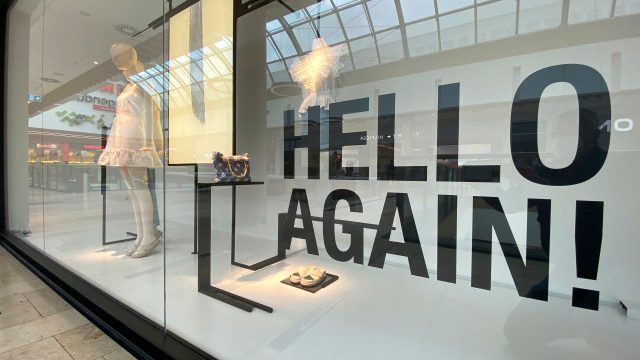The pandemic’s shakeout on labor is far from over — and its impact on fashion will be long felt.
On Wednesday, the International Labour Organization released its “World Employment and Social Outlook: Trends 2021” projecting the global crisis-induced “jobs gap” will reach 75 million in 2021, before falling to 23 million in 2022.
Globally, some 205 million people are expected to be unemployed in 2022, greatly surpassing the level of 187 million in 2019, according to the ILO.
Geographic and demographic inequality, rising poverty and fewer decent jobs will characterize the labor market amid the COVID-19 recovery, as it has the crisis. Factors shaping recovery include unequal vaccine access and limited ability for governments to sponsor fiscal stimulus measures amid debt and deficits.
Globally, the world’s 2 billion-strong informal work sector — think delivery workers, ride-share drivers, day laborers in factories and farms — remain vulnerable because they lack basic social protection. In fashion, this informal labor is found in subcontracted garment work and the heritage handwork of textile artisans (many of whom are women), among other areas.
In Peru alone, informal employment in 2019 was 70 percent (that number has risen amid the pandemic) of the total employed population, according to the International Labour Organization.

Related Gallery
Fall 2021 Men’s Collections
Slow fashion brands like indigenous-owned Orenda Tribe, AGAATI and Escvdo have shown how to viably weave artisan livelihoods into the center of their business. But many others haven’t.
Already, millions of global garment workers, most of whom are women of color, have lost their jobs. The ILO affirmed the data known by organizations like U.N. Women and the U.S. Bureau of Labor Statistics — women (and women of color, especially) are bearing the brunt of the unemployment crisis, as well as, taking on society’s imprinted domestic roles from crisis lockdowns.
“Working from home usually allows for more multitasking amongst women, who unfortunately are still typecast under the traditional domestic and child-raising roles that society assigns them,” Daniel Huby, commercial director of Escvdo, previously told WWD. “We believe financial independence and stability is one of the most efficient ways to tackle inequality, and that’s one of the reasons why we choose to work primarily with women.”
Women saw employment decline by 5 percent in 2020 compared to 3.9 percent for men, according to the ILO. Youth were also affected.
“Recovery from COVID-19 is not just a health issue,” said ILO director-general Guy Ryder. “The serious damage to economies and societies needs to be overcome, too. Without a deliberate effort to accelerate the creation of decent jobs, and support the most vulnerable members of society and the recovery of the hardest-hit economic sectors, the lingering effects of the pandemic could be with us for years in the form of lost human and economic potential and higher poverty and inequality.”
Ryder is calling for a “comprehensive and coordinated strategy, based on human-centered policies, and backed by action and funding,” as outlined in-depth in the report.
In April 2020, a “Call to Action” was developed by fashion brands and the ILO as “the priority must be to sustain businesses and protect workers,” Ryder had said.
As of October, the Call to Action reported nearly 125 million euros in cash transfers to aid garment workers and for broader sector support in Bangladesh, Cambodia, Ethiopia and Indonesia.
Still, recent reports from nonprofits Worker Rights Consortium, Asia Floor Wage Alliance and Remake indicate garment factories are experiencing a fresh wave of discount demands and order cancellations in India, Pakistan and Cambodia, among others, due to “irresponsible purchasing practices,” as per the AFWA.
As the ILO noted, “strengthening the institutional foundations needed for inclusive, sustainable and resilient economic growth and development” remains integral to job recovery, and fashion is no different.
Ahead of that recovery, supply chains could still be facing tie-ups and shortages. And because consumers will be watching the rebound attentively, short cuts that threaten worker welfare won’t go over well.
In a May survey by investment bank Stifel that included responses from nearly 5,000 U.S. lifestyle consumers, the majority — or 60 percent — said “fair worker pay and benefits” was a priority. Support for racial equality and local environments and ecosystems were also strongly preferred.
All things going smoothly, the ILO predicts global employment recovery is projected to accelerate in the second half of 2021, though it doesn’t expect a full recovery before 2023.
FOR MORE, SEE:
One Year In: The Pandemic’s Labor Impact By the Numbers
Garment Workers Owed $39.8M in Severance for Factory Closures, Report Says
Source: Read Full Article
